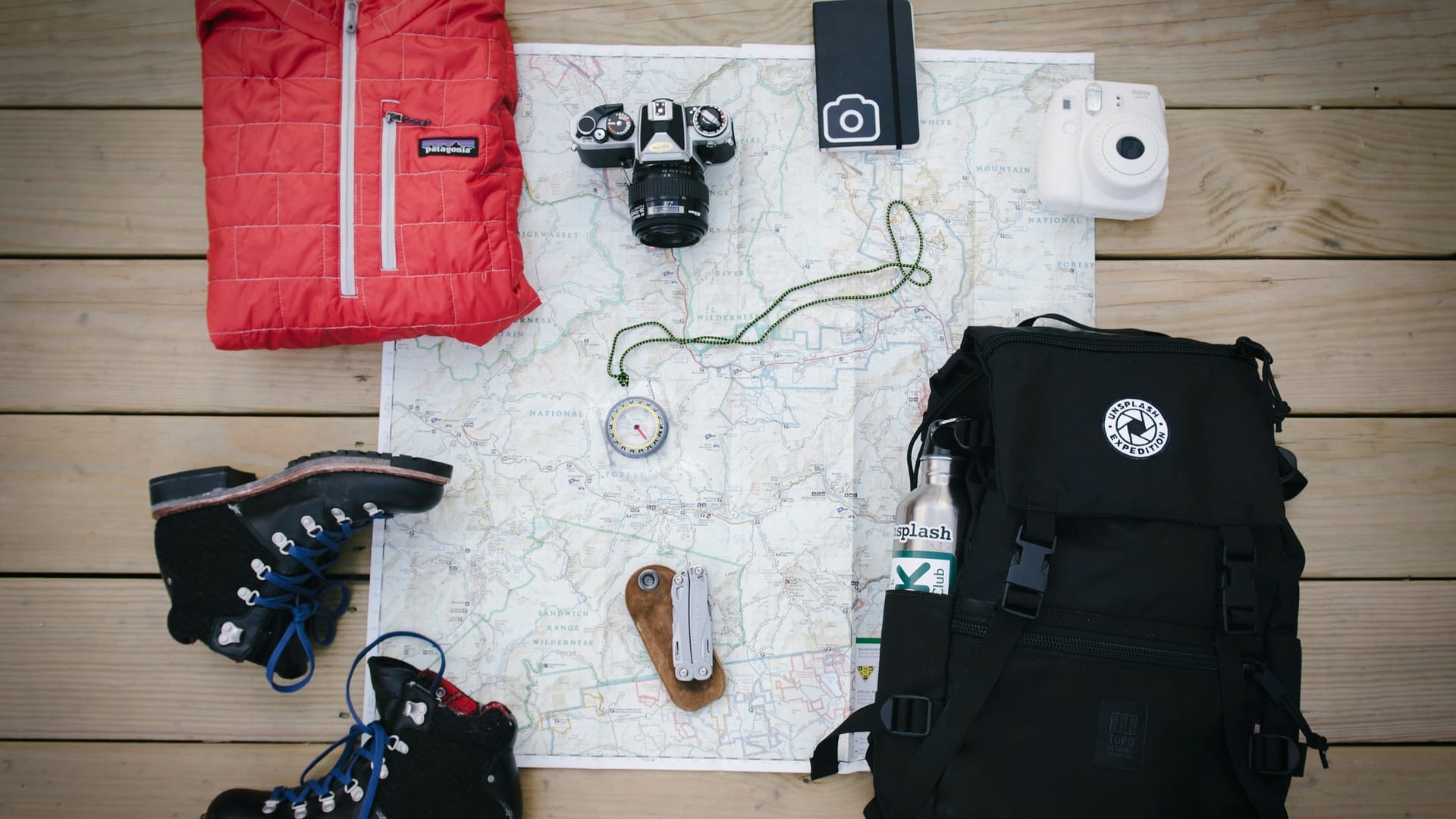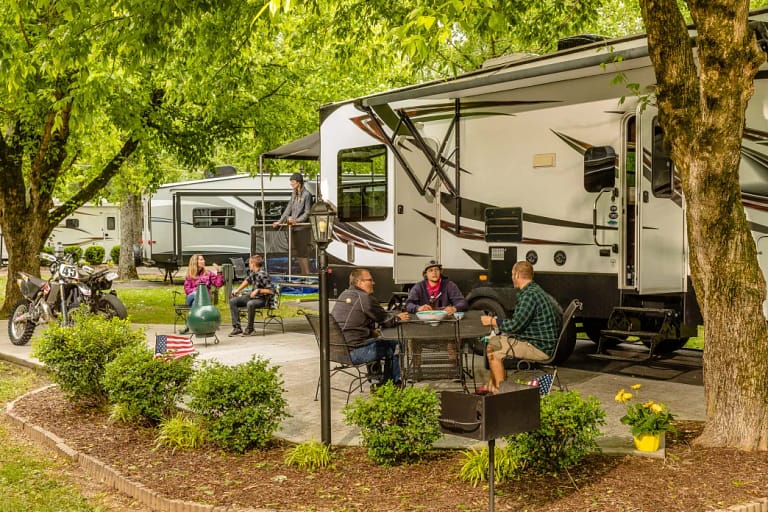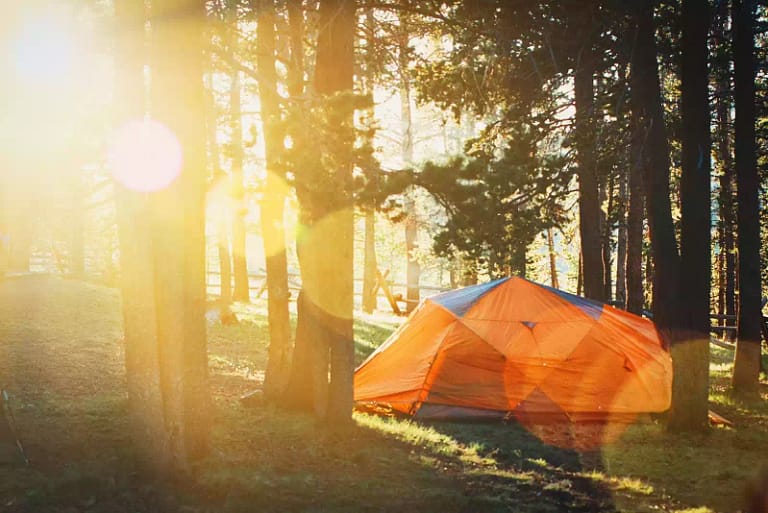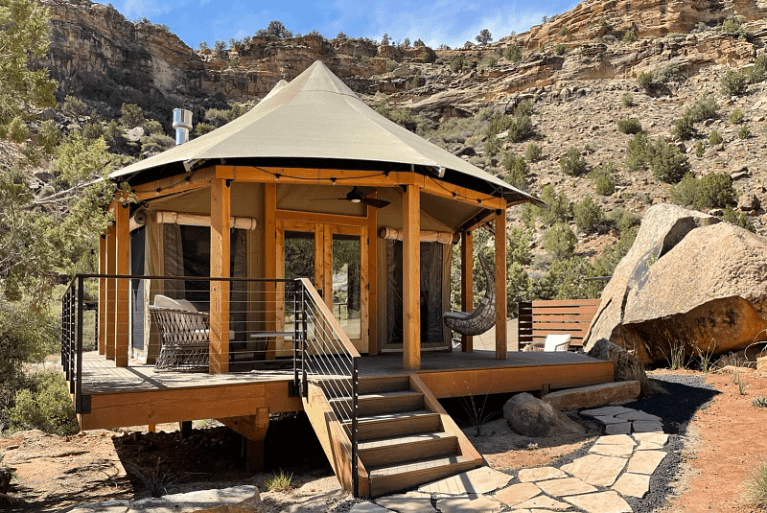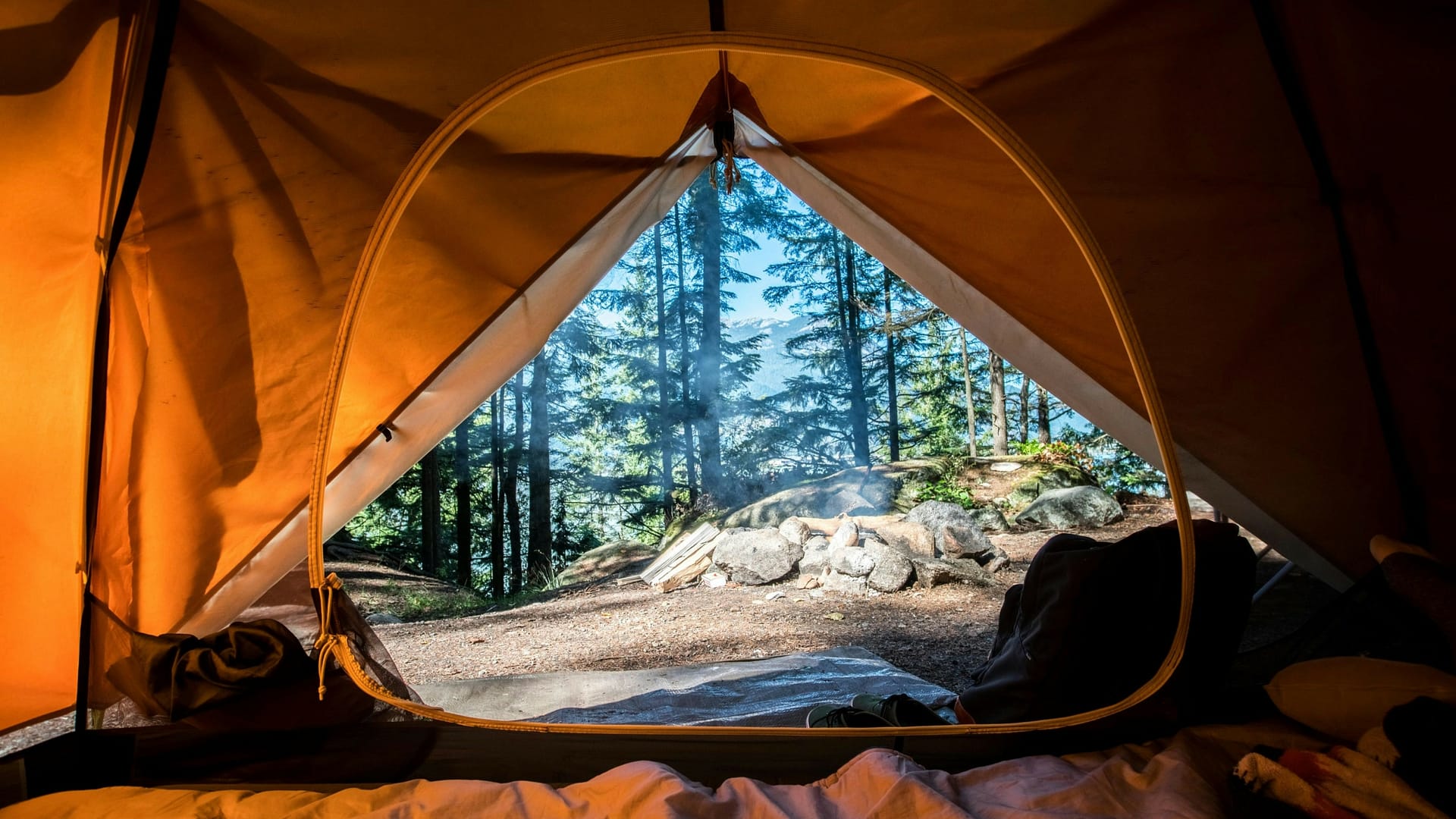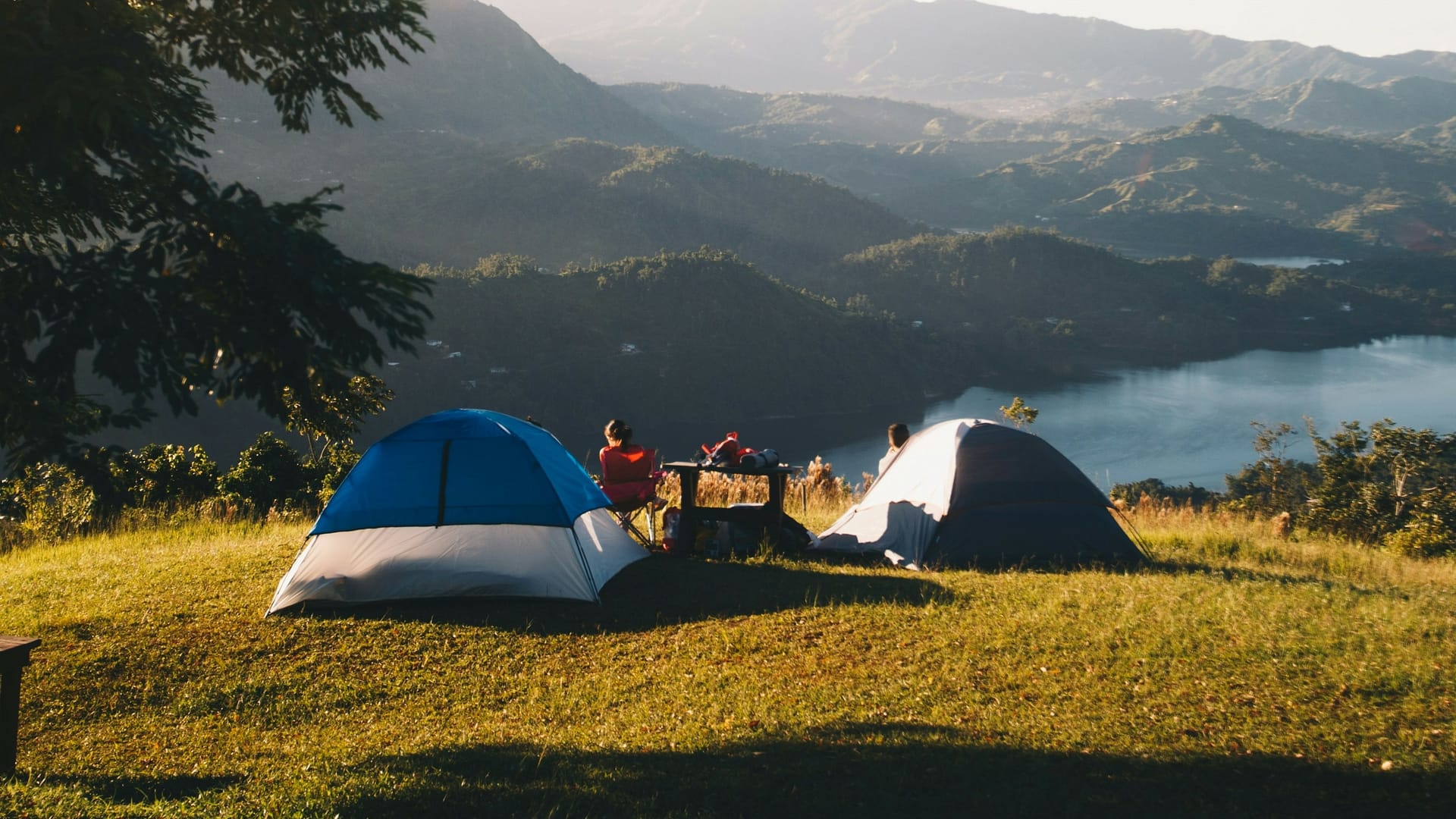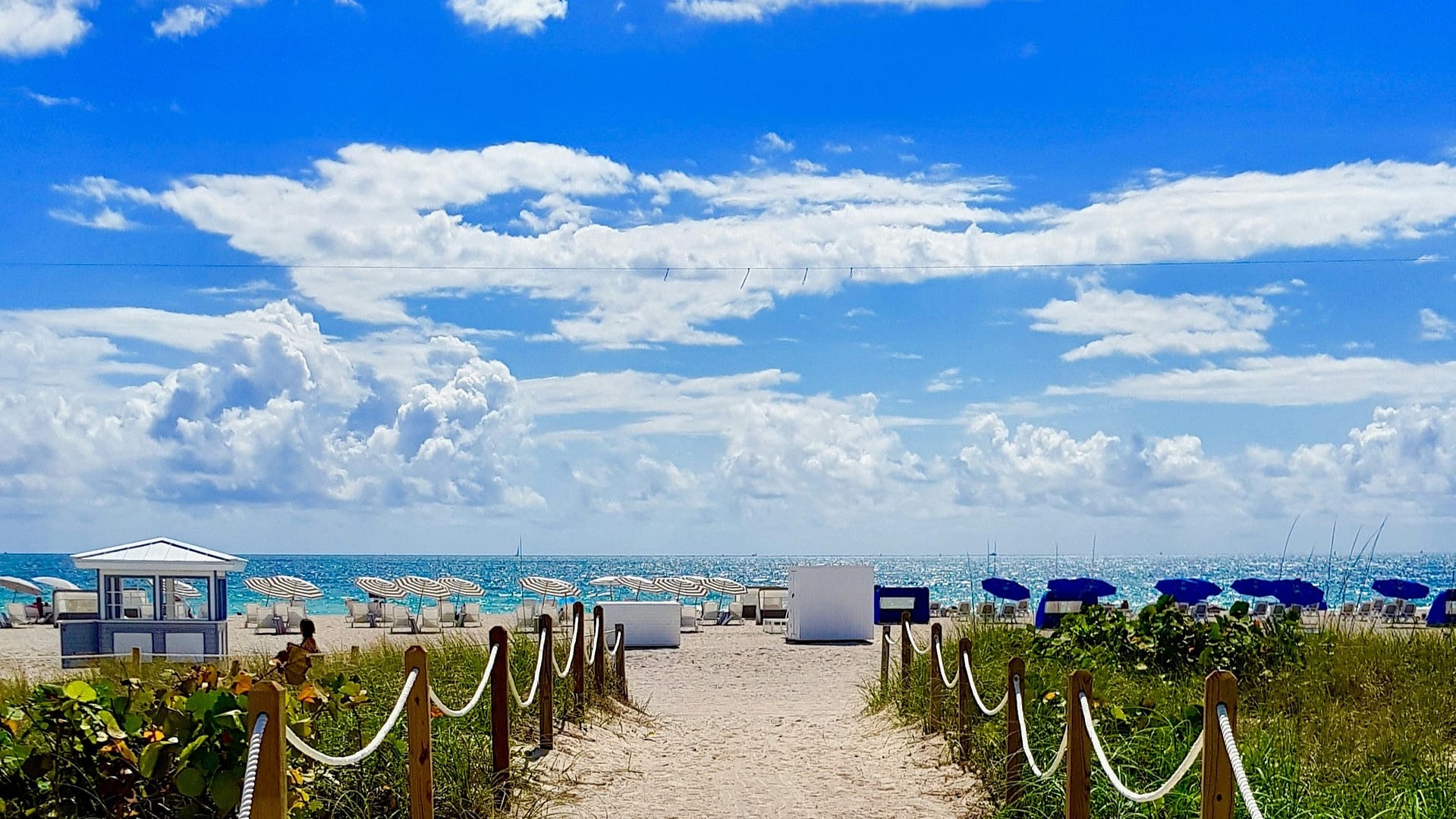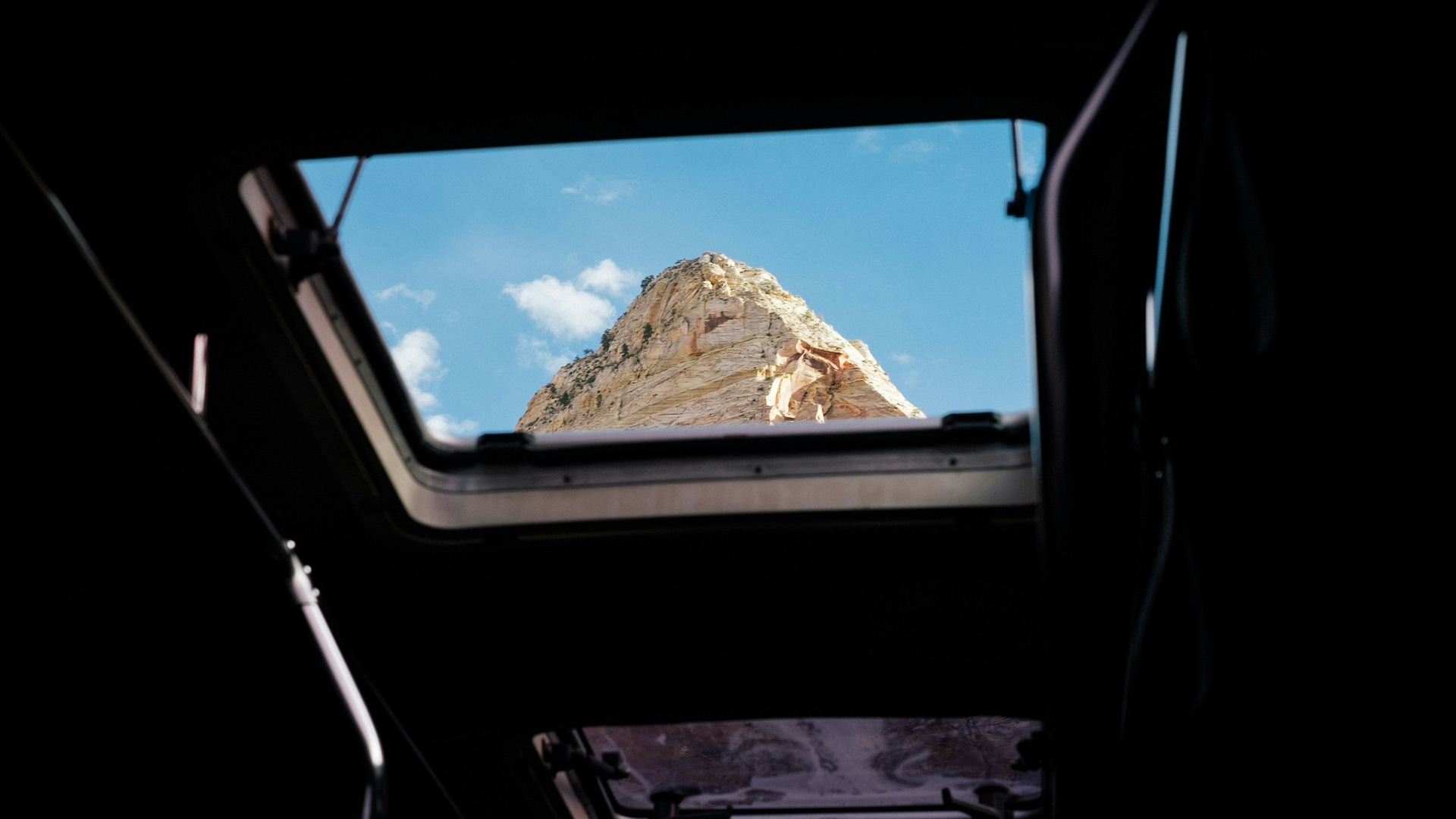Interested in camping in Zion National Park? Good for you! While there are tons of great options to explore Utah’s natural wonders, folks tend to hold special memories of this particular park.
There are stunning rock monoliths, including the 2,200-foot Great White Throne, and incredible hiking and mountain biking opportunities. The landscapes you’ll experience are simply breathtaking.
Did you know the area was once inhabited by the Anasazi people?
Oh, it gets better. A LOT better.
In this guide for fellow travelers, we’ll cover the basics of what you need to know when camping in Zion National Park.
Enjoy!
Understanding Zion National Park’s Camping Regulations
Preserving Natural Beauty
Zion National Park isn’t just a tourist destination; it’s a protected area with a delicate ecosystem. The park’s regulations are designed to preserve its natural beauty and ensure that future generations can enjoy the same pristine environment.
This is why the question of where you can camp is crucial.
Designated Camping Areas
The park offers several designated campgrounds, each with unique features and amenities. Camping is permitted only in these campgrounds. Camping outside these designated areas isn’t allowed and can result in fines and legal action.
So, no camping in road pullouts or parking lots (including the oversized parking lot near the Zion Canyon Visitor Center). Here’s more freely available information on the campgrounds that you can dig much deeper into using the park’s website.
South & Watchman Campgrounds
These campgrounds are the most accessible, located near the park’s south entrance. They offer restrooms, picnic tables, and fire rings, etc. Watchman Campground also has electric hookups for RVs.
Watchman Campground
- The campground is hard to miss, being right next to the Zion Canyon Visitor Center (about ¼ mile away from the South Entrance in Springdale, Utah).
- Tent and electric campsites are available year-round, and group campsites are available from March through November.
- Reservation required!Can be made up to 6 months in advance.
- No sites for walk-up campers.
South Campground
- Also located near the south entrance to the park near the visitor center.
- Be sure to check the park service website to see what’s available and if any construction or rehabilitation projects are currently happening.
Lava Point Campground
For those seeking a more remote experience, Lava Point Campground, located about an hour’s drive from Zion Canyon, offers a more primitive camping experience. It’s smaller and has limited facilities, but it’s perfect for those looking to escape the crowds.
- Typically open May through September, depending on how the weather is in the area.
- Reservations are available during a 2-week rolling window, and you must make one in advance on recreation.gov or by calling 877-444-6777.
Group Campsites & Backcountry Camping
For larger groups, the park offers group campsites at Watchman Campground. Additionally, experienced hikers can opt for backcountry camping, which requires a permit. This option allows you to explore the park’s wilderness areas, but it’s essential to be well-prepared and follow Leave No Trace principles.
- Please visit the park’s website and learn about Backpacking Reservations.
- You’ll be able to check availability on their online calendar.
- It’s First-Come, First-Serve, and permits must be obtained in person at the visitor center’s Wilderness Desk.
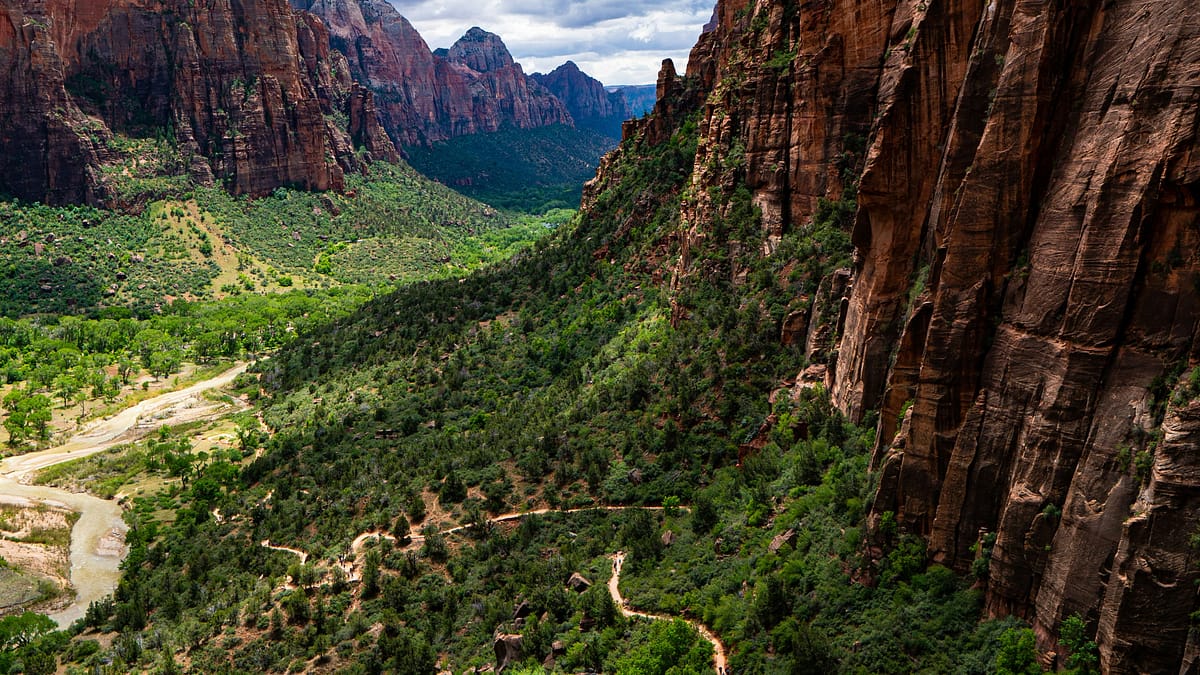
Why Camping In Zion National Park Isn’t A Free For All
Environmental Impact
Camping outside designated areas can have a significant environmental impact. It can lead to soil erosion, vegetation damage, and wildlife disturbances. The park’s camping regulations are in place to minimize human impact on the environment.
Safety Concerns
Zion’s terrain can be rugged and unpredictable. Camping in undesignated areas can put you at risk of flash floods, falling rocks, and wildlife encounters. Designated campgrounds are chosen for their safety and accessibility.
Preserving The Wilderness Experience
Part of Zion’s allure is its unspoiled wilderness. Allowing unrestricted camping could lead to overcrowding and diminish the natural experience for everyone. By restricting camping to certain areas, the park maintains its wilderness character.
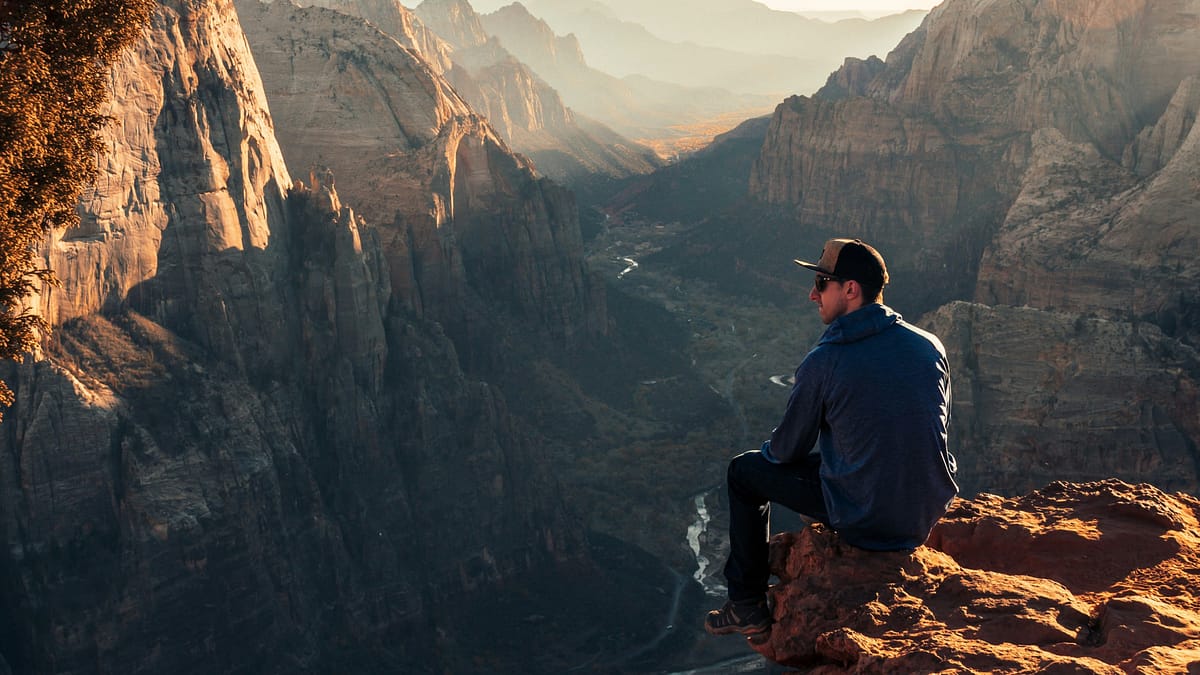
Planning Your Zion Camping Trip
Reservations & Permits
Most campgrounds in Zion require reservations, which can be made online. For backcountry camping, a permit is required, which can be obtained from the park’s visitor center in person. It’s crucial to plan ahead, especially during peak season, as campgrounds and permits can fill up quickly and stay that way throughout the busy season.
Best Times To Visit
Zion National Park can be visited year-round, but each season offers a different experience. Spring and fall have mild weather and fewer crowds, making them ideal for camping. Summers can be hot, and winters cold, but each brings its unique beauty.
What To Bring
When camping in Zion, it’s essential to be well-prepared. Bring appropriate camping gear, including a tent, sleeping bag, and cooking equipment. Also, pack clothing suitable for the season, plenty of water, and food. Don’t forget to bring a first aid kit and any necessary personal items.
Leave No Trace
When camping in Zion, or any natural area, it’s crucial to follow Leave No Trace principles. This includes packing out all trash, staying on designated trails, respecting wildlife, and leaving natural objects as you find them. By following these principles, you help preserve the park’s natural beauty and ensure a sustainable future for outdoor recreation.
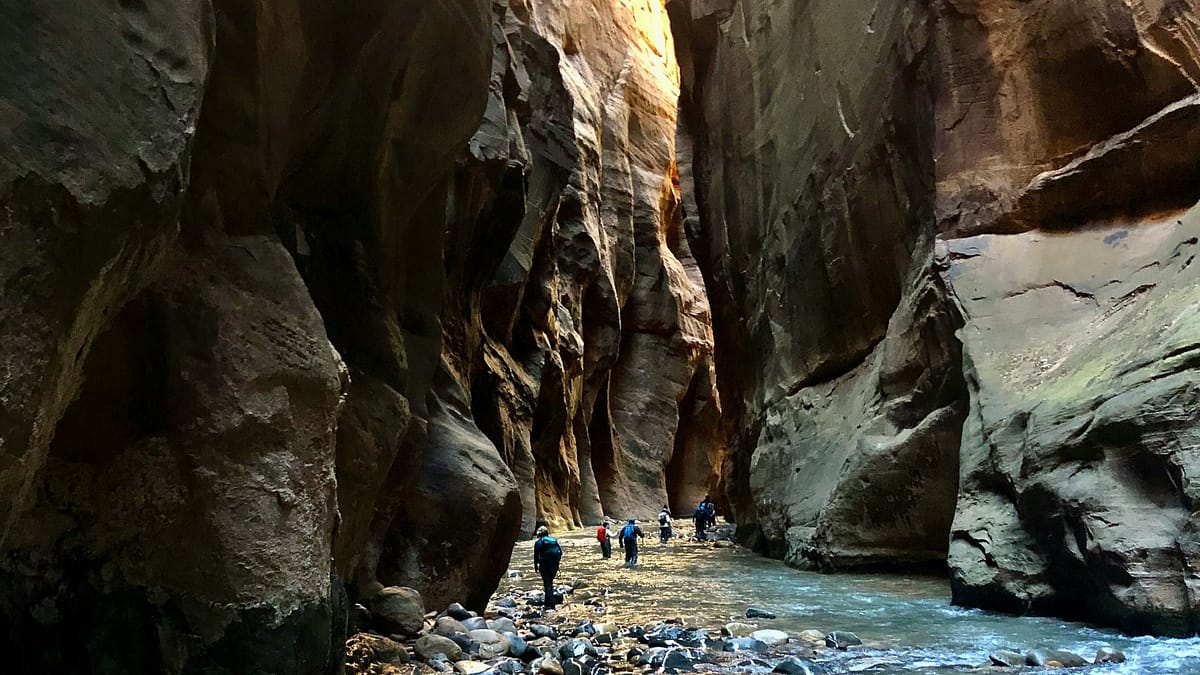
Exploring Zion National Park While Camping
Hiking Trails
Zion offers a range of hiking trails, from easy walks to challenging back-country adventures. Some popular trails include the Riverside Walk, Emerald Pools, Angels Landing (in this article’s first image), and The Narrows (in the image directly above this section). Each trail offers a unique perspective of the park’s diverse landscapes.
Wildlife Watching
The park is home to a variety of wildlife, including mule deer, bighorn sheep, and numerous bird species. While wildlife watching can be a thrilling experience, it’s important to observe animals from a safe distance and avoid feeding them.
Photography Opportunities
Zion’s stunning landscapes provide endless opportunities for photography. From sunrise over the Watchman to the star-filled night skies, the park is a photographer’s paradise. Remember to respect the environment while capturing its beauty.
Stargazing
Away from city lights, Zion’s night skies are a spectacle of stars and constellations. Designated campgrounds offer excellent stargazing opportunities. Sometimes, the park organizes night sky programs, enhancing the stargazing experience.

Tips For Successful Camping In Zion National Park
Stay Informed
Check the park’s website for current conditions, closures, and alerts. Weather in Zion can change rapidly, so it’s important to be prepared for anything.
Be Water-Wise
Zion’s desert environment means water is precious. Bring plenty of drinking water, and use water sparingly at campgrounds. Remember, water sources in the park are not always reliable.
Respect Other Campers
Keep noise levels down, especially at night, and respect your fellow campers’ space and privacy. Campgrounds have quiet hours, typically from late evening to early morning.
Fire Safety
If you’re camping in an area where fires are allowed, use designated fire rings and never leave a fire unattended. Be aware of fire restrictions, especially during dry months.
Pack It In, Pack It Out
Leave your campsite cleaner than you found it. This means packing out all trash, including food scraps and any other waste.
Conclusion
Camping in Zion National Park is an unforgettable experience, but it comes with responsibilities. You can’t camp anywhere in the park, but the designated campgrounds and back-country areas offer a range of options for enjoying Zion’s natural beauty.
By following park regulations, preparing adequately, and respecting the environment, you can ensure a safe and enjoyable camping experience. Zion’s awe-inspiring landscapes are a treasure to be cherished and protected, and by camping responsibly, you contribute to the preservation of this magnificent wilderness for future generations.
Remember, the key to successful camping in Zion National Park is preparation, respect for nature, and adherence to park rules. Whether you’re a seasoned camper or a first-time visitor, Zion’s natural wonders await you, offering an outdoor adventure like no other.

